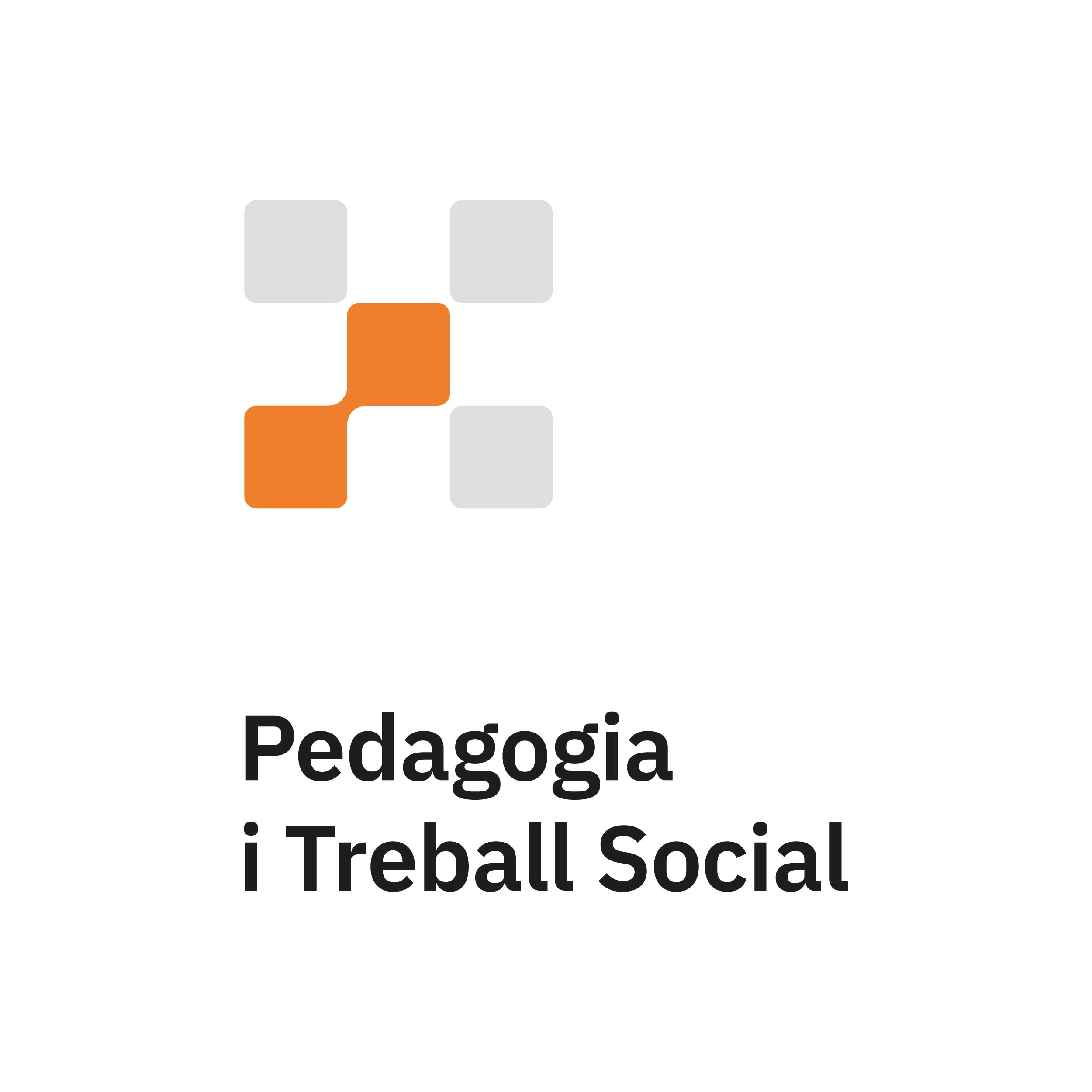El Central or peripheral? Uneven Inclusion of Children with Autism in the Early Years of Primary School in Ireland
Downloads
Abstract
The implementation of inclusion in schools has proved challenging, and research has shown that children with Autism are frequently the recipients of separating practices and exclusion from regular schools. In spite of the many widely espoused inclusive educational policy principles and directives at the international and national levels, and the support of research evidence, inclusive education is still a work in progress.
Evidence is scarce on the day to day interactions of children with autism and other educational actors in school. Most research on the inclusive education of children with Autism focused on teachers’ attitudes, children with Autism social difficulties with their peers due to their Autism, and teachers required training to cater for children with Autism. To address the gap in research, the current study was conducted to shed light on the daily interactions in schools while putting inclusion into practice. This research adopted a qualitative methodology. Through observations, presented eight case studies outlining the daily interactions in the early years of primary school between eight children with Autism, their teachers, support teachers, Special Needs Assistants and peers in the classroom, the playground and the support classroom.
The study being presented here draws on data from this original research and presents two case studies based on a purposeful selection to illustrate contrasting approaches to inclusion. First, the case of Max, focuses on a child whose support fell short in terms of including him within the mainstream settings. Second is the case of Joe, a child who was supported alongside his peers in the school settings, thus facilitating his inclusive education.
The two contrasting versions of mainstream education in practice are discussed outlining what enabled or inhibited the inclusion of Max and Joe in their schools. The findings from the cases presented in this paper highlight how interactions, support, and participation are intertwined dimensions that shed light onto the paths that enable or inhibit inclusion.


